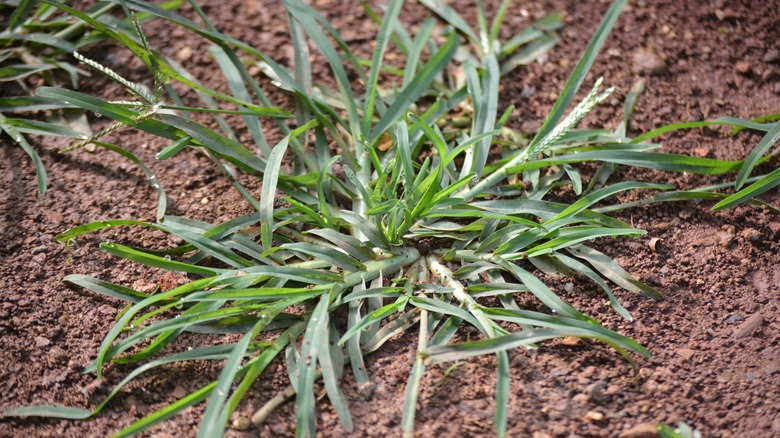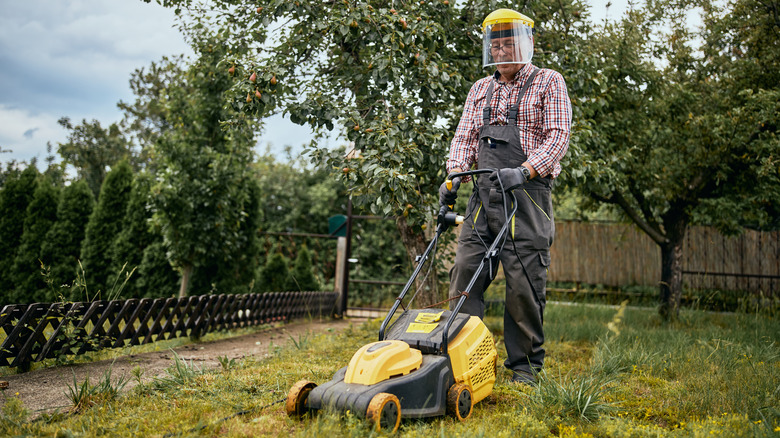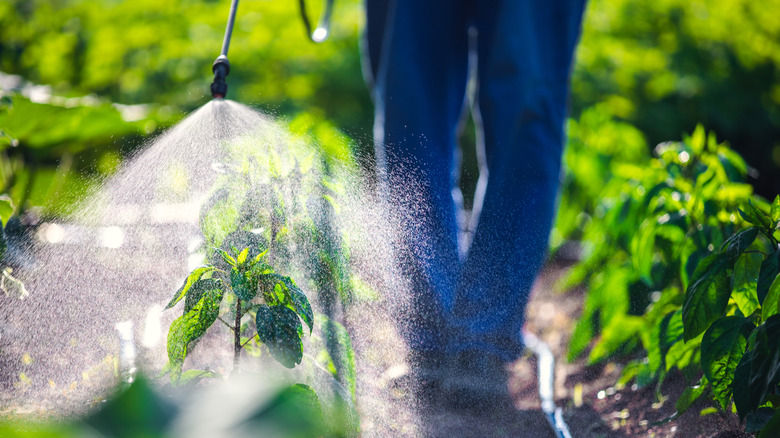How To Control Goosegrass In Your Lawn
Goosegrass can be quite the adversary when you're out to maintain a picture-perfect lawn. It demands a blend of vigilance and smart lawn care to prevent its seed heads from dotting your landscape. You're in for a routine that pairs healthy lawn maintenance with timely applications of pre-emergence herbicides — a dynamic duo in the world of weed management. Goosegrass, that summer annual you didn't invite, snatches resources vital for your lawn, occupying space that rightfully belongs to your chosen grass.
Identifying this common garden weed is a cinch once you know what to look for: flat, dark-green leaves with silverish stems. It's critical to keep this plant under control because of its aggressive nature, especially in those well-trodden areas of your yard that bear the brunt of foot traffic. This weed's comfort in compacted, poorly drained soils can hint at more profound issues with your lawn's health, often a wake-up call for necessary adjustments in your care regimen.
Letting goosegrass run wild isn't an option. With a single plant able to unleash up to 50,000 seeds, your lawn can quickly turn into a goosegrass nursery. These seeds spring to life when soil temperatures consistently hit the 60-degree mark, setting off an alarm for you to get ahead of the curve. Effective goosegrass management transcends the mere act of pulling weeds—it involves nurturing a thick, competitive lawn through careful mowing, judicious watering, and strategic fertilizing.
Cultural practices to manage goosegrass
When controlling goosegrass, if you want to stay one step ahead, consider the height of your lawn. Goosegrass loves the spotlight, so when your lawn grows taller, it shades the soil, diminishing the stage where goosegrass seedlings perform best. You're aiming for a dense, robust lawn that overshadows potential goosegrass performers. This means adjusting your mower to a height that benefits the turfgrass you love, not the weeds you don't.
Proper fertilization plays a pivotal role, too. By feeding your lawn the nutrients it craves (especially nitrogen), you're empowering it to fend off goosegrass naturally. Stick to a lawn fertilization schedule that matches the needs of your specific grass type. Goosegrass also thrives in wet conditions, so overwatering can compact the soil—a bigger paradise for goosegrass. If your lawn's already compacted, it's aeration time. This process allows the soil to breathe, improving water flow and root growth, leading to a less welcoming environment for goosegrass.
Now, don't forget the traffic flow. Heavy foot traffic compacts the soil, so consider rerouting regular movement across the lawn if possible. Lastly, sharpen your mower blades regularly. A clean cut helps your grass heal faster and, when timed right, can slice off the goosegrass's seed heads before they can spread their progeny.
Pre-emergence herbicides for goosegrass control
Stepping into the realm of chemical defenses, pre-emergence herbicides are your cloak-and-dagger tactic against goosegrass. These herbicides work not by killing the weed but by preventing its seeds from ever joining the lawn party. When applying these herbicides, conditions matter. The trick is timing — apply these herbicides when the soil starts warming up in late winter, just before the seeds decide it's showtime. A dry spell post-application ensures the product sticks around long enough to do its job rather than being washed away by rain.
The soil temperature is your cue. It's your signal to act once it holds steady at around 60 degrees Fahrenheit for a few consecutive days. This preemptive strike stops the goosegrass in its tracks well before you see the first signs of that distinctive light-green sprout. Also, if you're spraying, do it on a calm day. Wind can carry your herbicide off-target, leading to casualties among non-weed plants you'd rather keep.
Now, it's not a one-size-fits-all situation. The type of pre-emergence herbicide you choose should match your lawn's particular kind of grass. You wouldn't want to win the battle against goosegrass only to damage your turf. Some herbicides play well with certain grass varieties but could harm others, so reading labels and knowing your lawn is essential. Remember, herbicides are one tool in the toolbox. This combination of cultural and chemical tactics turns your lawn into a fortress of green, repelling goosegrass sieges season after season.


